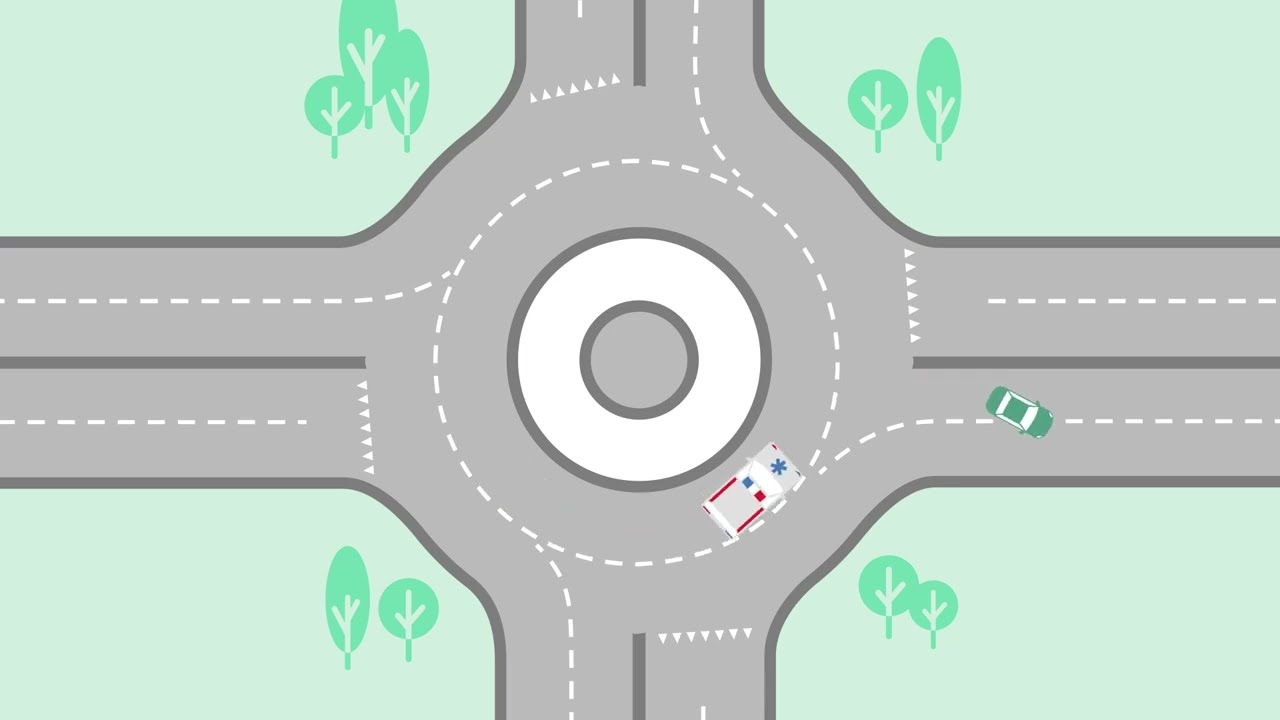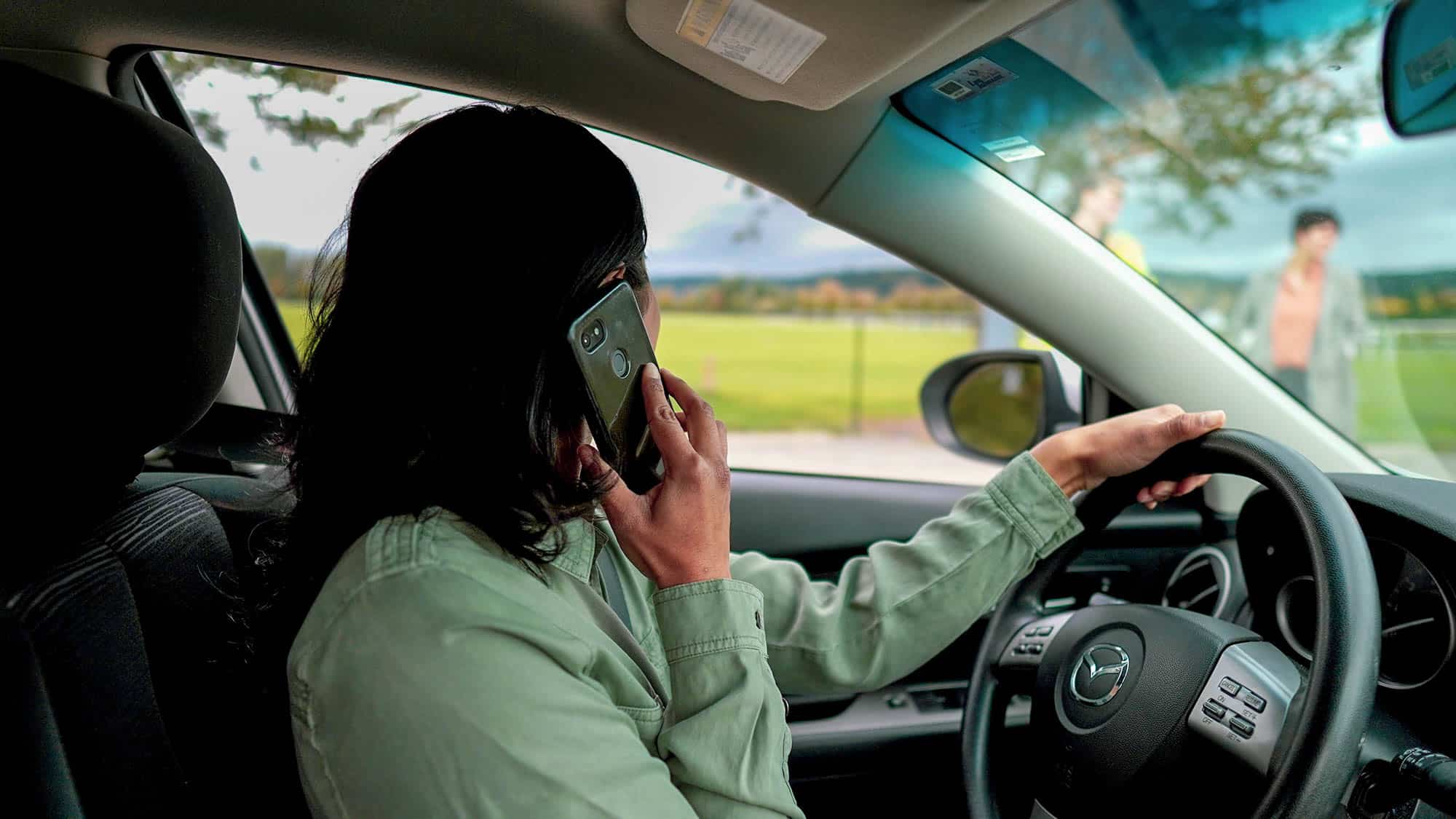According to a 2020 Gallup poll, 60 percent of Americans experience stress on a daily basis. Stress is associated with a number of adverse outcomes, including road rage and aggressive driving. And if you find it gets in the way of your daily commute, you’re not alone. In a 2019 survey, fifty percent of respondents reported feeling stressed while traveling to and from work.
And why not? Dealing with gridlock, aggressive drivers, poorly-timed lights, and surprise work zones is a battle nobody wants to deal with before or after a long day at the office. And if you drive for a living, relief may be even harder to come by.
The traffic “battle” doesn’t exactly rank up there with hazardous military operations, but in the moment it can feel just as stressful. And in these moments, we can look to the U.S. Navy SEALS for help: one stress management technique they use is an exercise called “box breathing.”
Box breathing helps your body and mind return to a neutral state, regulating your heart rate and nervous system and helping you to think more clearly.
There are three steps to box breathing:
- Breathe all the way out. Hold the breath for four seconds with no air in your lungs.
- Take a slow, full breath in over four seconds.
- With your lungs comfortably full, hold your breath for four seconds.
- Breathe out slowly and completely over four seconds.
Box breathing can be practiced at any time, including while behind the wheel, though you may want to practice in less stressful conditions first. Some phones and smartwatches support apps that feature guided box breathing exercises. You may find these useful when familiarizing yourself with the practice. (Just remember, many states have laws regarding the use of cell phones and other devices while driving.)




